“People don’t remember what you said. They remember how your 2D Illustrations made them feel.”
You’ve probably heard that quote before, right? It’s usually used in conversations about leadership or relationships, but it applies to branding just as well.
Think about the last time a brand caught your eye online. Was it a stock image you’ve seen a hundred times? Or was it something that felt fresh and made you pause for a second? Most people can recognize the same handshake stock photo or the same smiling team image from miles away.
And what do they do when they see it?
They scroll right past it.
Now think of brands like Duolingo, Slack, or Headspace. What do they have in common? Their visuals feel alive. Their characters, icons, and scenes have personality. They aren’t afraid to use custom 2D illustrations because they know something important: when your art feels original, your message feels trustworthy.
So, here’s the real question:
Do you want to give a “meh” or boring kind of impression to your audience? Because if you use recycled visuals, that’s exactly what it’s going to communicate. Custom 2D illustrations offer a way to show your story with clarity, emotion, and style that stock photos simply can’t match. They help you stand out in a crowded feed and, more importantly, they help people remember you long after the scroll.
Let’s talk about how these illustrations turn an ordinary brand presence into something people actually want to look at.
Key Takeaways
Before diving deeper, here’s what makes custom 2D illustrations worth the attention:
- They simplify complex ideas while keeping emotion intact.
- Vector-based files make them lighter and faster for web performance.
- Hidden visual cues can build curiosity and audience loyalty.
- They adapt easily across web, social, and print, saving time and cost.
- Consistent illustration style builds long-term visual identity.
Why Custom 2D Illustrations Are the Game Changer — 4 Key Insights
2D illustrations make visuals smarter, faster, and more meaningful. Here’s what sets them apart:
They Compress Information Without Losing Emotion
Illustrations carry story, purpose, and feeling together, something photography struggles with. A single drawing can show what a brand does, who it’s for, and what mood it stands for. Designers often call this visual compression, and it’s becoming one of the most efficient ways to communicate in the fast-scroll world.
Here’s why these matters:
- Users make visual judgments in milliseconds.
- A well-structured 2D illustration instantly delivers context and clarity.
- Abstract services (like data tools or SaaS products) become easy to understand.
For instance, instead of showing “someone using a laptop,” you show why they’re using it, and that difference keeps attention longer.
They Are Lighter on Page Load Than Photos or 3D Art
Most people don’t realize that two-dimensional illustrations actually improve website performance. They’re usually vector-based (SVG or AI files), which stay sharp at any size but have very small file sizes. That means:
- Faster load speed: essential for SEO and mobile ranking.
- Better clarity: no pixelation or compression loss.
- Consistent experience: looks identical across all devices.
Studies by Google show that 53% of people will leave a mobile site if it takes longer than three seconds to load. Lighter illustrations can help you stay well below that limit. In short, 2D illustrations don’t just look unique, they quietly help your website perform better too.
They Let You Hide “Visual Stories” in Plain Sight
Custom 2D art lets brands add small surprises with tiny details that make people pause and smile. It could be a repeating icon, a shape that changes meaning across pages, or a hidden reference to a product feature. These “visual stories” are like Easter eggs for your brand.
Here’s what they do for you:
- Encourage repeat visits as users look for details they missed.
- Create personality without relying on words.
- Build subtle emotional attachment over time.
A great example is how Duolingo hides tiny character cameos in its app illustrations. Fans notice, share, and associate those details on social media with one another. Now this not only makes Duolingo trending, but the collective appreciation and love build brand warmth. It’s a low-cost, high-impact storytelling technique.
They Fit Every Platform Without Redoing the Work
The beauty of 2D illustrations is how easily they travel. One well-made artwork can adapt to dozens of formats, from digital, social, print, to motion, without extra cost or re-production. You can crop, recolor, or animate parts without losing quality or tone.
A few practical uses:
- Reuse the same base artwork for ads, blog headers, and infographics.
- Create multiple campaign visuals by changing only colors or props.
- Keep visual consistency across website, app, and email templates.
For fast-moving teams, that flexibility is gold. It saves both money and production time while ensuring every asset still feels like your brand.
That flexibility is gold for fast-moving teams or those using digital 2D art outsourcing services. It saves both money and production time while ensuring every asset still feels like your brand.
When (and How) to Use 2D Illustrations
Custom illustrations can appear anywhere visuals meet storytelling, but some places make them especially effective.
Use Them Where Emotion and Clarity Matter Most
Illustrations work best where you need to express emotion or explain an abstract idea quickly.
Examples include:
- Website hero sections that show brand tone instantly.
- Product pages where visuals can explain “how it works.”
- Social posts where bold colors grab instant attention.
- Onboarding or tutorial screens that guide users visually.
When used strategically, 2D illustrations replace multiple images and reduce visual clutter.
To Keep Style and Tone Consistent Across Platforms
Every illustration should feel like part of one family. Keep your line thickness, color shades, and shapes aligned across all channels. This is what turns random drawings into a visual identity.
Quick consistency checklist:
- Define one color palette and reuse it across touchpoints.
- Use recurring shapes or patterns that echo your logo or UI design.
- Avoid mixing too many illustration styles, as it confuses recognition.
Even small visuals automatically build recall once your brand’s illustration system syncs.
Plan for Movement and Micro Interactions
Think beyond static visuals. 2D illustrations are easy to animate for digital use. They work beautifully in UI motion, social loops, or explainer videos.
Ways to add life:
- Animate small icons for button hover states.
- Turn product steps into short looping animations.
- Add character movement in onboarding flows to make them friendly.
Motion creates familiarity and human touch, especially when handled by high-quality 2D art services that understand both design and interaction.
Conclusion
Stock photos make brands look alike. Custom 2D illustrations make them memorable. They communicate ideas faster, load quicker, and keep people emotionally involved. The small details, like color choices, characters, and even hidden stories, build recognition over time. What starts as a drawing soon becomes part of your brand’s identity.
So, if your visuals feel replaceable, maybe it’s time to trade stock images for a story only you can tell.
FAQs
Q1. Are 2D illustrations better for SEO than stock photos?
Yes. Because vector illustrations are lightweight. They improve loading speed, a key ranking factor. They also keep users engaged longer, which signals quality to search engines.
Q2. Do I need a big budget for custom illustrations?
Not always. Many illustrators offer flexible packages or reusable illustration sets. Once created, you can repurpose them endlessly. So, it’s a one-time cost with long-term value.
Q3. Can 2D illustrations work for formal or corporate brands?
Absolutely. Style decides tone. Clean line art and minimal color palettes can fit finance, tech, or B2B brands just as well as playful startups. Reliable and affordable 2D art services can customize tone to match your brand type.
Q4. How do I make sure my 2D illustrations stay consistent?
Create a visual guide covering color codes, line thickness, and proportions. A custom 2D illustration service can help document these standards to keep future designs aligned with your identity.
Q5. Are AI-generated illustrations safe to use?
They’re fine for brainstorming, but not for final use. AI tools often mix copyrighted sources. Always refine or redraw them manually to keep ownership clear and your 2D illustrations truly original.

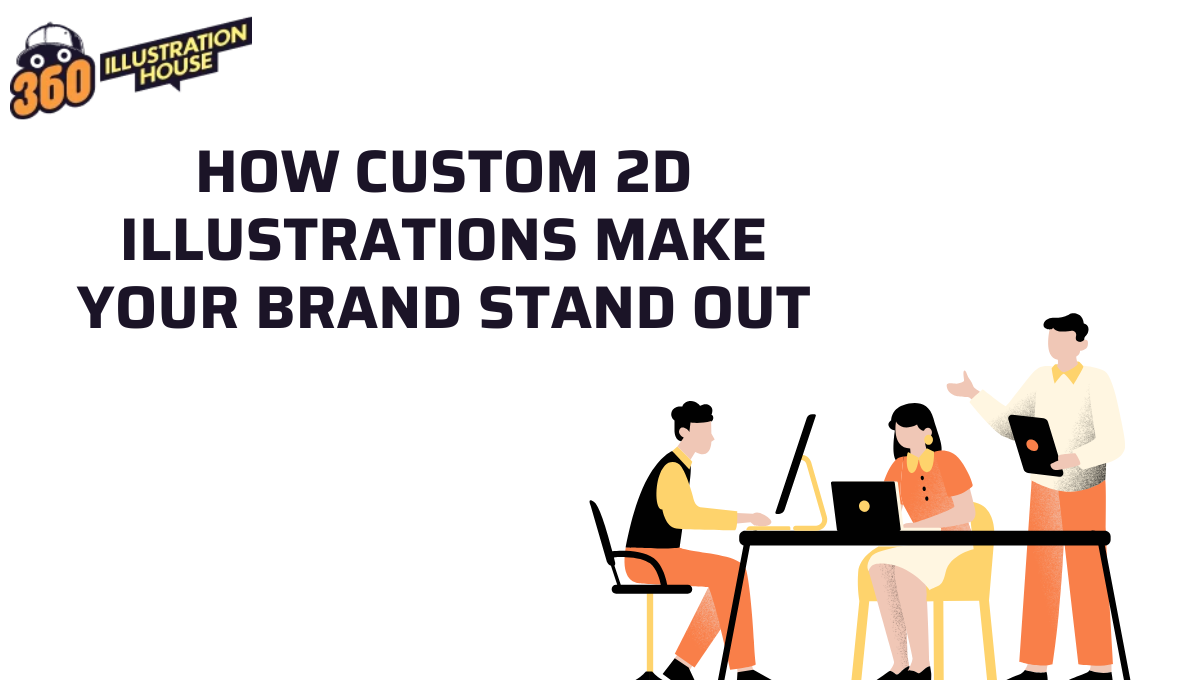



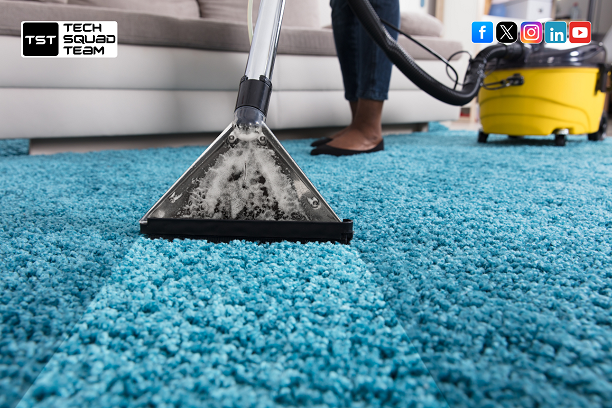
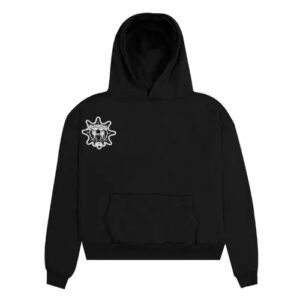
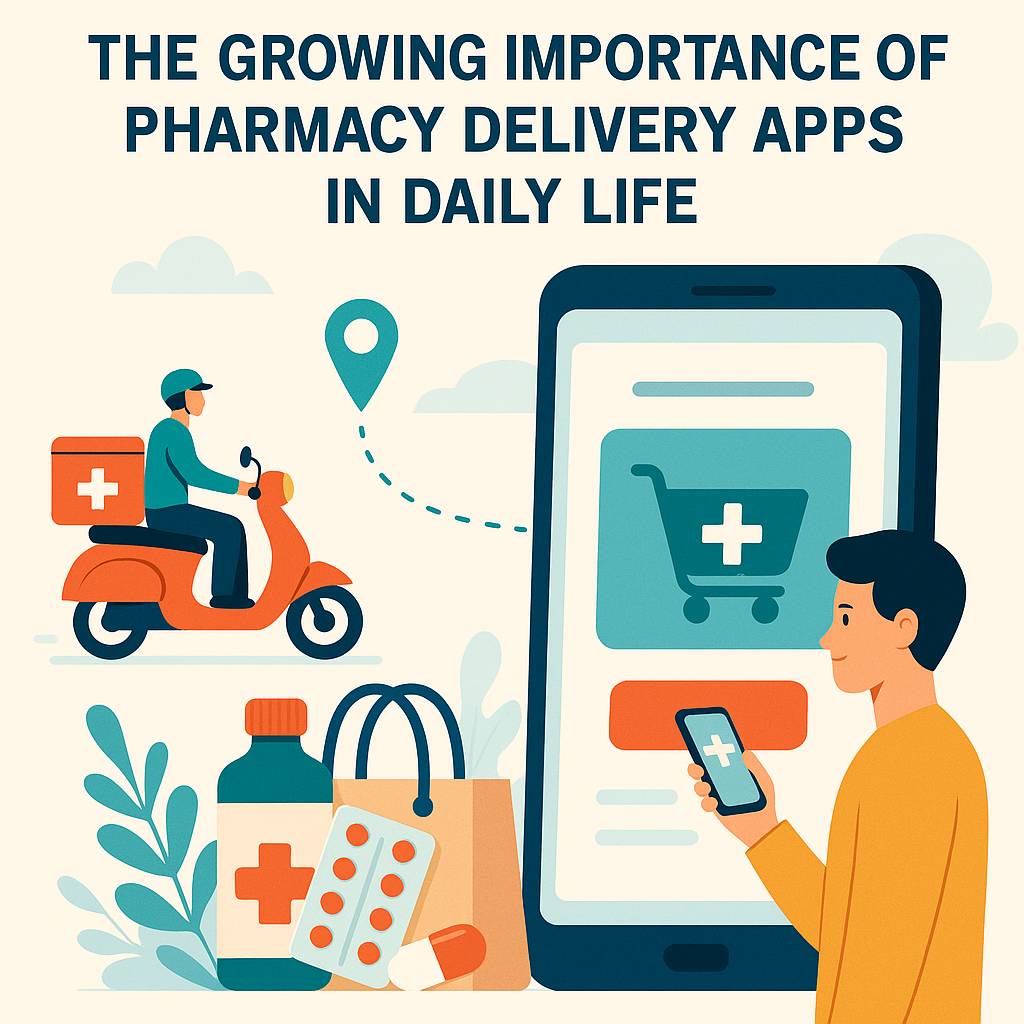
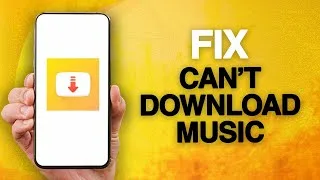


Leave a Reply